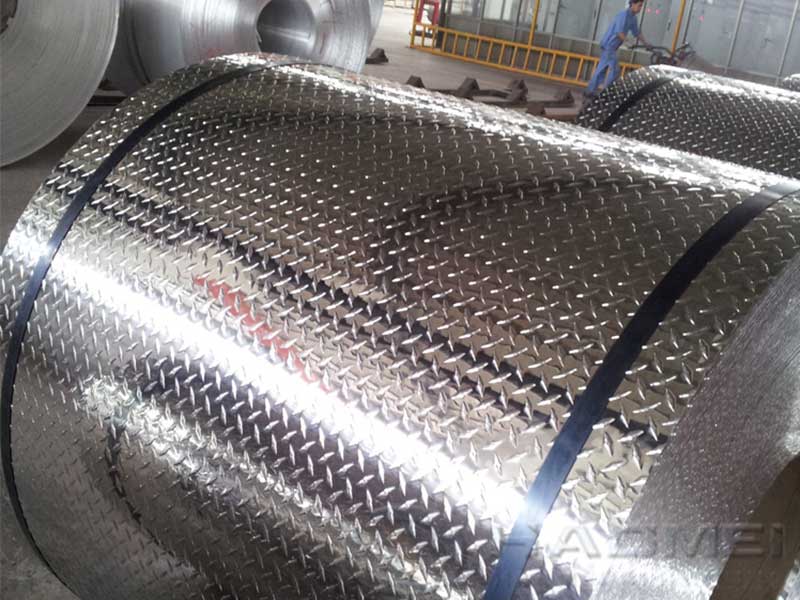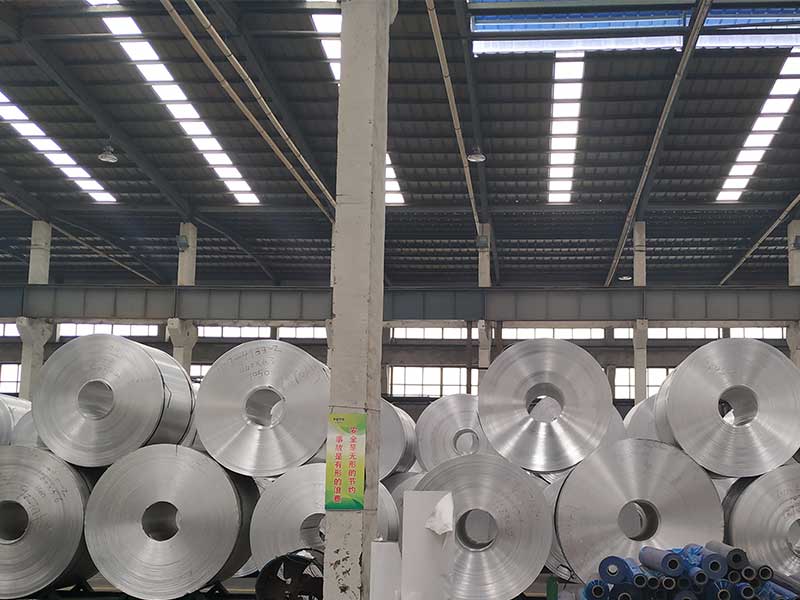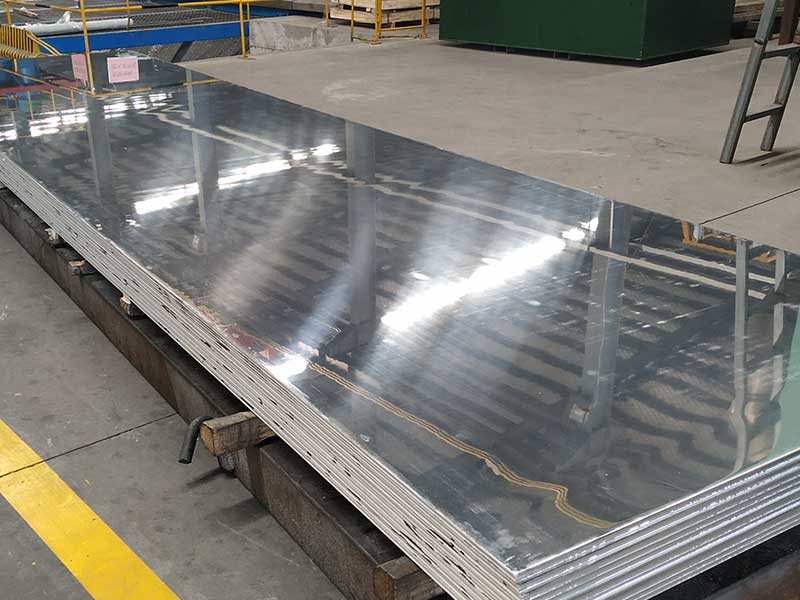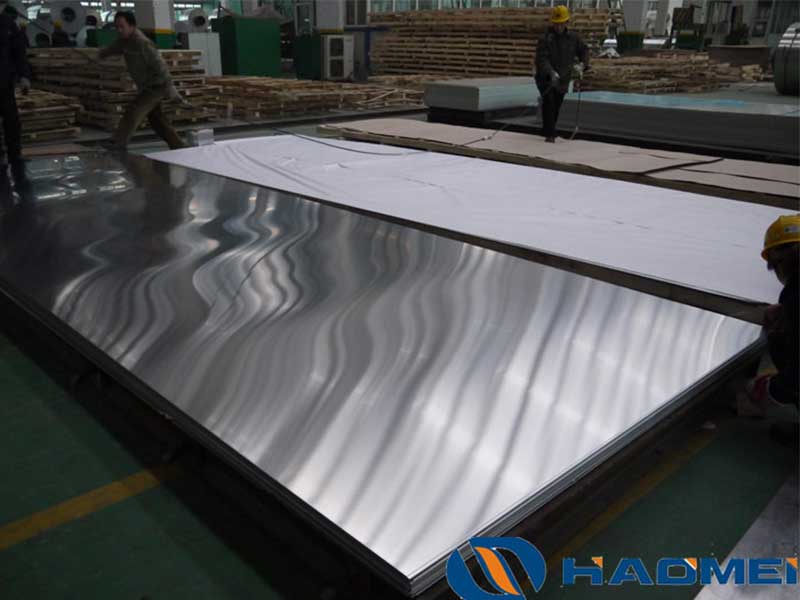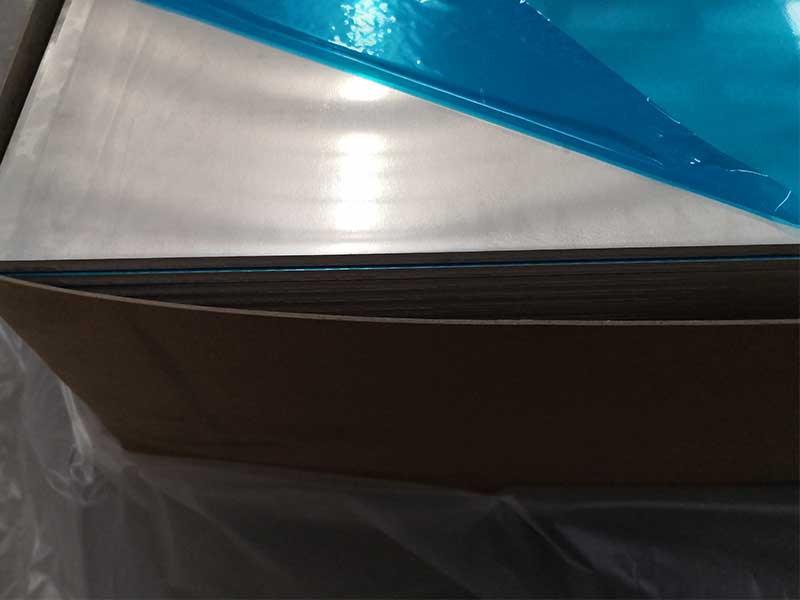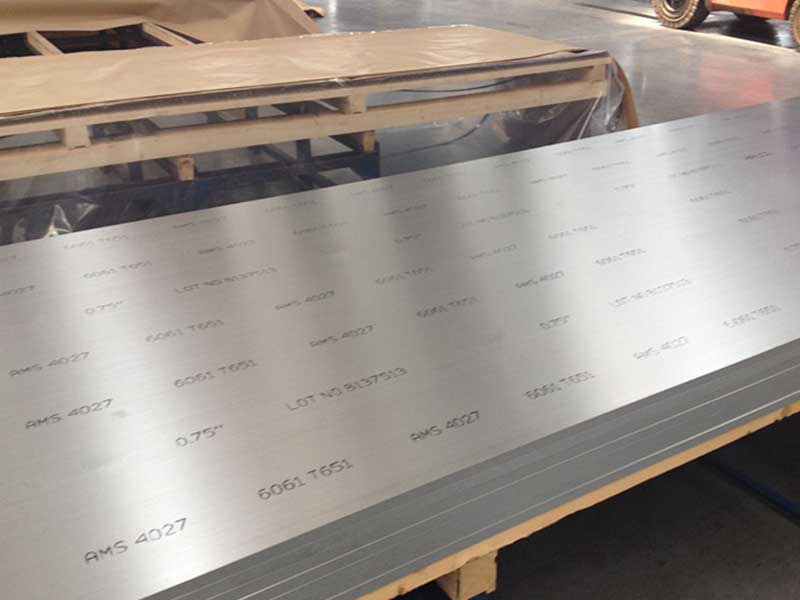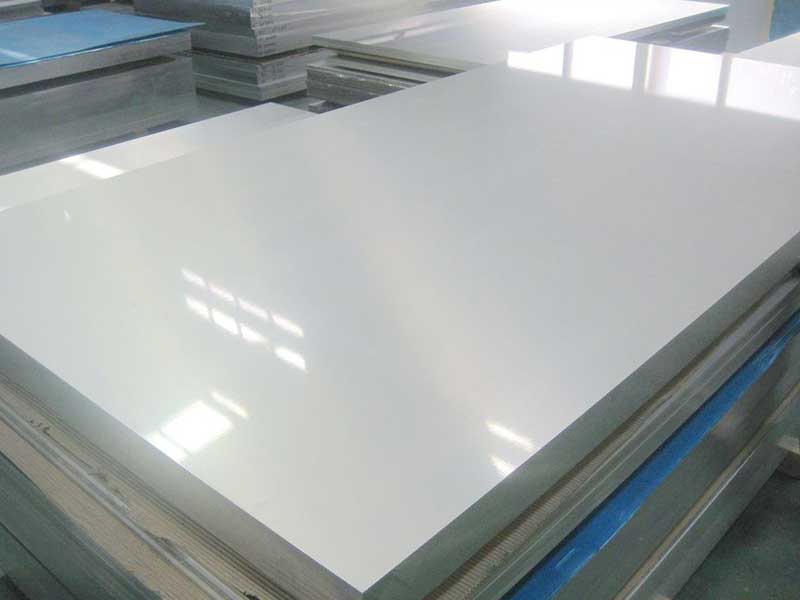2024-10-11 https://www.aluminum-coils.com/a/common-aluminum-sheet-thickness.html
When it comes to working with aluminum, understanding the various sheet thicknesses is crucial for both industrial and personal projects. Ranging in applications from automotive to construction, aluminum sheets offer durability, versatility, and a lightweight nature that makes them a preferred choice. In this article, we will delve into common aluminum sheet thicknesses, and explore their features and applications to help you decide which thickness is best for your specific needs.
Common Thicknesses of Aluminum Sheets
Aluminum sheet thickness is measured in thousandths of an inch. While thickness can vary depending on the specific requirements of an application, the following are four of the most common options:
- 0.040 inches (1 mm)
- 0.063 inches (1.5 mm)
- 0.080 inches (2 mm)
- 0.125 inches (3 mm)
- 0.250 inches (6 mm)
Each thickness serves particular purposes and offers unique benefits.
Feature and Applications
1. 0.040 inches (1 mm)
This thickness is frequently used in exterior and interior applications, such as facades, sign making, and crafts.
Features:
- Lightweight yet sturdy.
- Excellent forming capability.
Applications:
- Decorative features and signage.
- Interior cladding and features, like walls and ceilings.
2. 0.063 inches (1.5 mm)
Moderately thicker than the first, this thick aluminum sheet is still manageable while providing increased strength.
Features:
- Increased toughness, enhanced resistance to denting and warping.
Applications:
- Automotive panels.
- Light structural applications, such as furniture or workbenches.
3. 0.080 inches (2 mm)
At this thickness, aluminum sheets provide good structural strength while remaining easy to work with.
Features:
- Offers improved cold-forming properties.
Applications:
- A base for panels and enclosures.
- Used in marine applications, such as hulls or repairs on boats.
4. 0.125 inches (3 mm)
A favorite among industries for semi-structural jobs, a 3mm thick aluminum sheet can carry heavier loads.
Features:
- High durability compared to thinner options.
Applications:
- Safety and protective barriers in industrial settings.
- Manufacturing tooling and jigs due to its resistance to metals deformations.
5. 0.250 inches (6 mm)
This thickness addresses the need for aluminum sheets capable of heavy-duty projects.
Features:
- Great load-bearing qualities.
Applications:
- Base-mounting for machinery and structural supports.
- Aircraft components and marine structures, such as commercial vessels.
Why the Right Thickness Matters
Choosing the correct aluminum sheet thickness is critical to establishing the integrity of your project. Thinner sheets may be ideal for lightweight applications, but may sag or warp where heavier materials are required, leading to potential failure. Conversely, heavier sheets can provide exceptional resistance and durability but may cost more and require more work to handle and install.
Evaluation of the project goals including functions, aesthetics, and environmental factors is crucial for selecting its thickness. By understanding the common aluminum sheet thickness options and their respective features and applications, you can confidently choose the appropriate material concentrations to meet your project demands.

